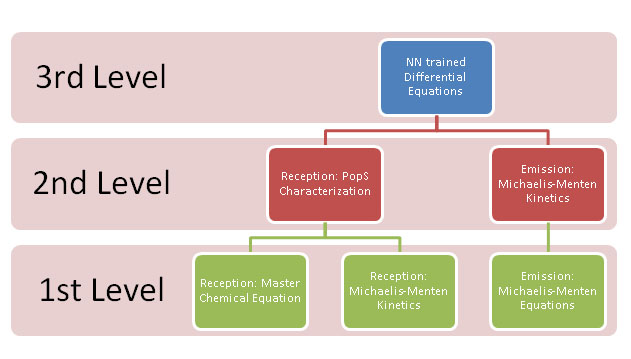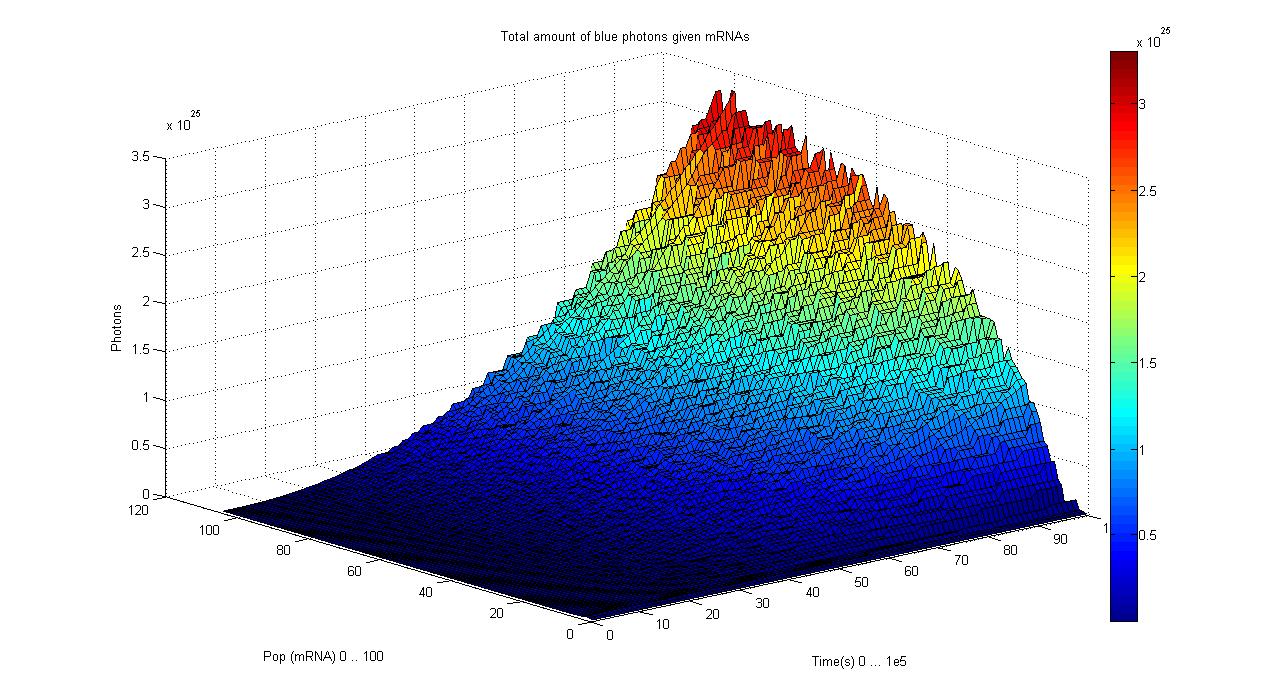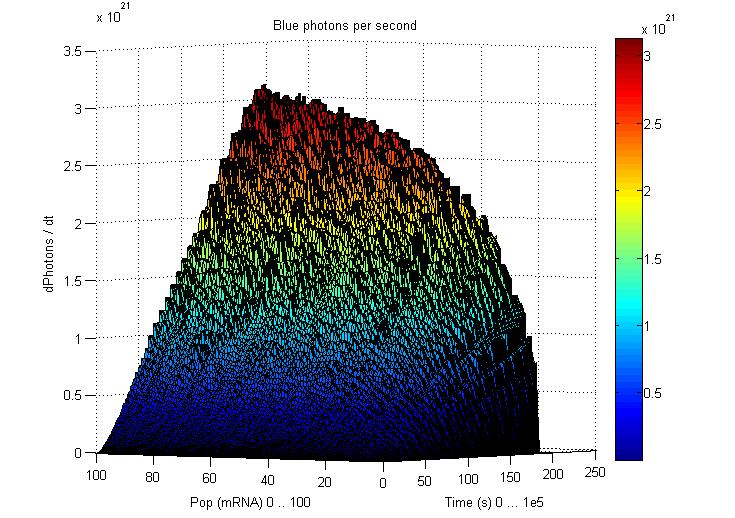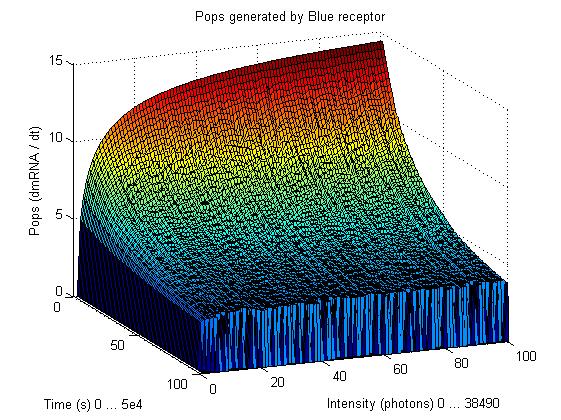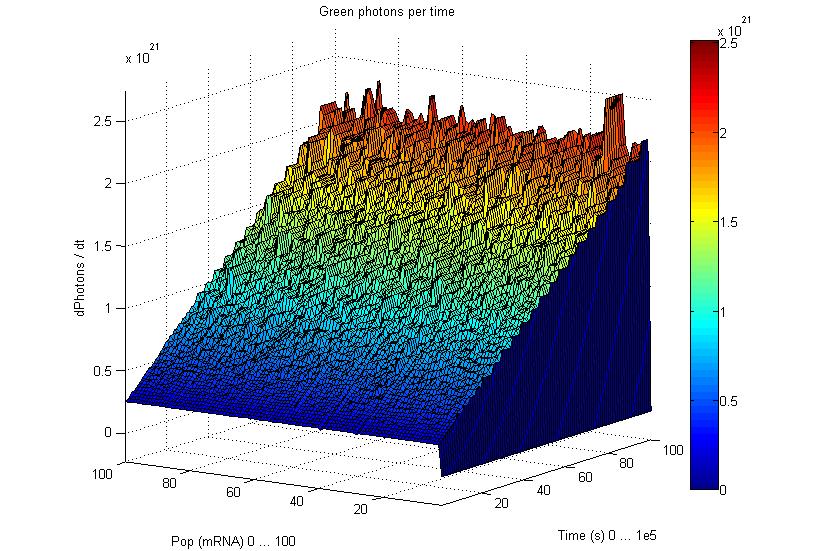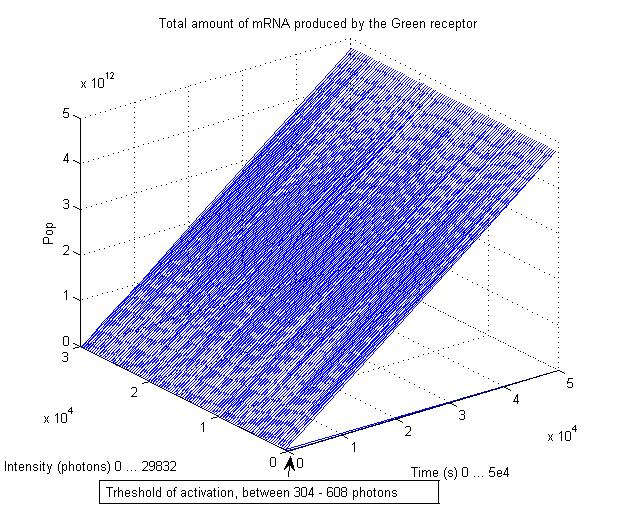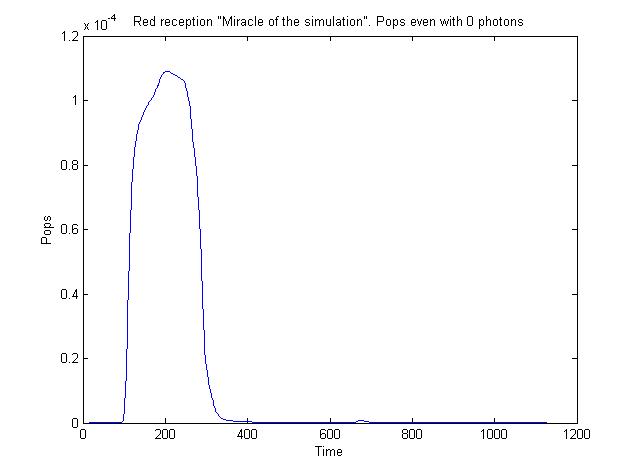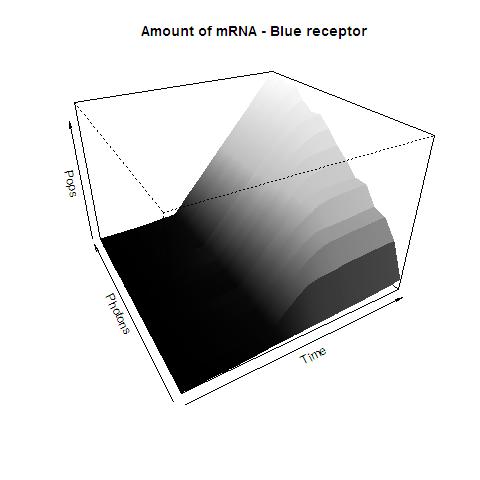Team:UNAM-Genomics Mexico/Modeling
From 2010.igem.org
| Line 69: | Line 69: | ||
====Green Receptor==== | ====Green Receptor==== | ||
| - | [[image:UNAM-Genomics_Mexico_Green_Receptor_Kappa. | + | [[image:UNAM-Genomics_Mexico_Green_Receptor_Kappa.png]] |
The kapppa code is [[media:UNAM-Genomics_Mexico_Green_Receptor_Kappa.ka.txt|here]], and the perl runner is [[media:UNAM-Genomics_Mexico_Green_Batch.txt|this]] one. | The kapppa code is [[media:UNAM-Genomics_Mexico_Green_Receptor_Kappa.ka.txt|here]], and the perl runner is [[media:UNAM-Genomics_Mexico_Green_Batch.txt|this]] one. | ||
| Line 75: | Line 75: | ||
====Red Receptor==== | ====Red Receptor==== | ||
| - | [[image:UNAM-Genomics_Mexico_Red_Receptor_Kappa. | + | [[image:UNAM-Genomics_Mexico_Red_Receptor_Kappa.png]] |
The kapppa code is [[media:UNAM-Genomics_Mexico_Red_Receptor_Kappa.ka.txt|here]], and the perl runner is [[media:UNAM-Genomics_Mexico_Red_Batch.txt|this]] one. | The kapppa code is [[media:UNAM-Genomics_Mexico_Red_Receptor_Kappa.ka.txt|here]], and the perl runner is [[media:UNAM-Genomics_Mexico_Red_Batch.txt|this]] one. | ||
Revision as of 22:53, 27 October 2010

The Model, Original Idea
We decided to try some different approaches at modeling. At first, we were planning on a three level implementation where we could fall back on simpler levels should experimental data be scarce. The levels are thus:
The most complex level was the third, where we would have ODEs trained by a Neural Network (multilayer, minimal error, perceptron) describing the system's behavior. However, to do this, we needed the working system. In absence of this, we fell back to the second level.
The second level required the PopS characterization, however it used existing models (notably Michaelis-Menten kinetics) to simulate the rest of the system. In absence of PopS characterization, we fell to the first level.
The basic level required nothing but what should be found-able in the literature. We did found enough parameters to do the Simbiology model, however we didn't found the required for Kappa. In theory, we could have generated said stochastic parameters from the deterministic ones, but these required an extreme amount of computational time.
The Real Model
So, nearing the WikiFreeze craze, we decided to simply stuff. We got rid of the differential equations, and instead focused on using the existing implementations of the Master Chemical Equation found within Simbiology and Kappa to simulate our model. For simpler dynamics, we simulated with Michaelis-Menten kinetics.
Simbiology
So having Simbiolgy, we decided to model our interfaces using it's deterministic solvers. Some results are here:
We chose to simulate the flux of output given a determined input. So we have for a wide range of inputs, the resultant outputs in a time manner.
Kappa
Also, having the Kappa binaries, we decided to model the system using Kappa as a stochastic modeling platform. Some preliminary results would be here if the Server didn't have an unexplainable aversion for .7z, .rar, or partial intolerance for .zip As soon as the Server decides to tolerate our files, we will upload them. In the mean time, here are some sample data. Please take note of the file extensions, as due to server issues, we had to append a .txt extension to upload the original code.
Blue Receptor
This graphs plots the PopS output of our Blue Receptor (lovTAP). The code is available here, however take into account that said code generates a single plane, to generate the 3D plot we used this perl in disguise script. The system begins in dark state, and at a given time (you can guess which one), there's a photon influx. This graph is however in arbitrary units. We wanted to make a more useful characterization, but these simulations required some extreme computing time.
Green Receptor
File:UNAM-Genomics Mexico Green Receptor Kappa.png
The kapppa code is here, and the perl runner is this one.
Red Receptor
File:UNAM-Genomics Mexico Red Receptor Kappa.png
The kapppa code is here, and the perl runner is this one.
Neural Network
In Training... Having over a million data to map, our Levenberg-Marquandt algorithm is taking longer than expected.
Conclusions
A model that says nothing is not very useful. However, our model has revealed some very interesting phenomena.
Photomultiplier
All our simulations, data, and intuition show that our system will behave as a photomultiplier. We are very excited at this, since this is the very first synthetic-organic photomultiplier device.
Construction Issue
Had we been able to get Cph8 working, we would have found that the OmpR-P concentration was saturating the available plasmid slots, even with the kinase knocked off it was always superior to 120 molecules per cell. This behavior was revealed by our model, so for the construction we would recommend a high-copy number plasmid.iGEM
iGEM is the International Genetically Engineered Machines Competition, held each year at MIT and organized with support of the Parts Registry. See more here.Synthetic Biology
This is defined as attempting to manipulate living objects as if they were man-made machines, specifically in terms of genetic engineering. See more here.Genomics
We are students on the Genomic Sciences program at the Center for Genomic Sciences of the National Autonomous University of Mexico, campus Morelos. See more here.This site is best viewed with a Webkit based Browser (eg: Google's Chrome, Apple's Safari),
Trident based (Microsoft's Internet Explorer) or Presto based (Opera) are not currently supported. Sorry.
 "
"
